The American bison, once numbering an estimated 30-60 million across North America, faced catastrophic population decline in the 19th century. By 1884, fewer than 1,000 bison remained in the entire United States, bringing these magnificent creatures to the brink of extinction. This devastating reduction occurred primarily due to commercial hunting, westward expansion, and a deliberate government policy to eliminate bison as a way to control Native American tribes who relied on them for sustenance, shelter, and spiritual practices.
The near-extinction of bison represents one of the most dramatic wildlife decimations in American history. Commercial hunters killed bison by the thousands for their hides and tongues, leaving carcasses to rot on the plains. Railroad companies even advertised hunting expeditions from train windows, turning the slaughter into a form of entertainment. This systematic destruction of the bison population fundamentally altered the ecological balance of the Great Plains and devastated the cultures and economies of numerous Indigenous peoples who had sustainably coexisted with bison for thousands of years.
Bison as a Keystone Species
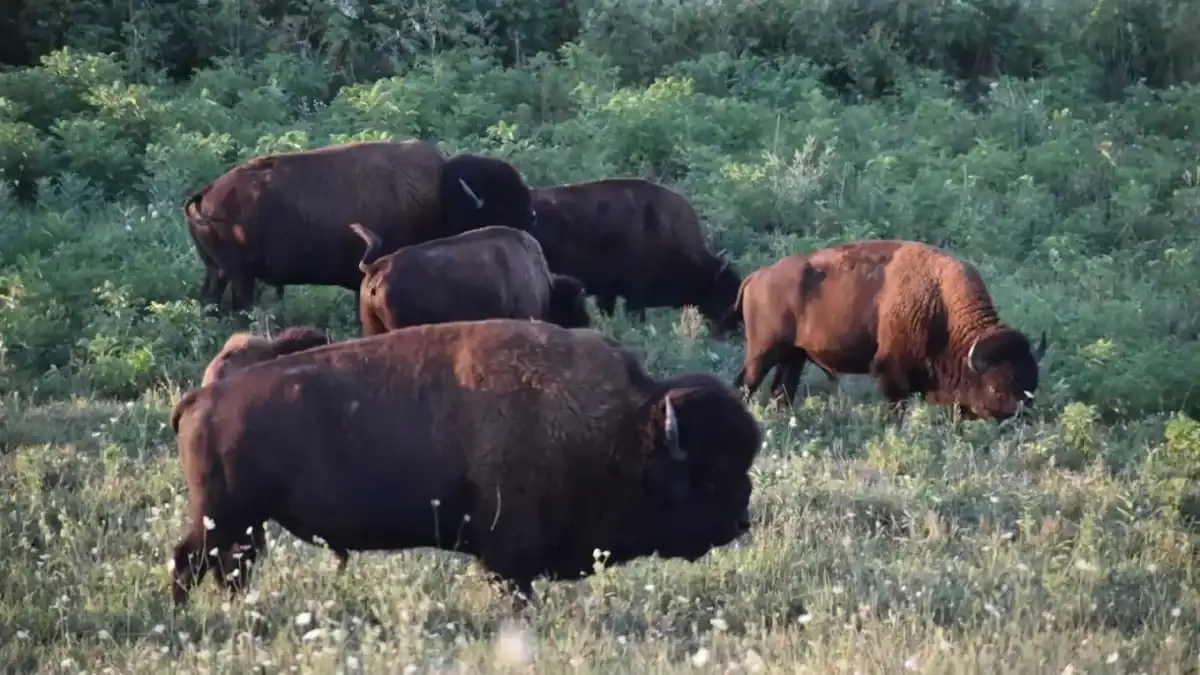
Bison serve as a keystone species in the prairie ecosystem, meaning their presence has a disproportionately large effect on their environment relative to their abundance. Their grazing patterns create a mosaic of vegetation heights and densities, promoting biodiversity by allowing different plant species to thrive. When bison graze, they don’t clip grass evenly like cattle but create patches of intensely grazed areas surrounded by less disturbed vegetation, which increases habitat diversity for countless other species.
The physical impact of bison on the landscape further enhances their ecological importance. Their wallowing behavior—rolling in dirt to combat insects and shed fur—creates depressions that collect rainwater, forming microhabitats for amphibians and specialized plants. Their heavy hooves break up soil and press seeds into the ground, aiding in plant germination. Additionally, bison dung fertilizes the soil and provides habitat for insects and food for birds. Removing bison from these ecosystems results in cascade effects that diminish overall biodiversity and ecosystem resilience.
Early Conservation Efforts

The rescue of American bison from extinction began in the late 19th century through the efforts of a small number of dedicated conservationists and ranchers who recognized the looming tragedy. William T. Hornaday, director of the New York Zoological Park (now the Bronx Zoo), was instrumental in establishing a captive breeding program with bison from the wild. Meanwhile, private ranchers like Charles Goodnight, James “Scotty” Philip, and Michel Pablo maintained small herds on their properties, preserving genetic diversity that would later prove crucial for recovery efforts.
In 1905, the American Bison Society was formed by Hornaday and others, including Theodore Roosevelt, to prevent bison extinction. This organization raised funds to purchase land for bison conservation and advocated for federal protection. Their efforts led to the establishment of the National Bison Range in Montana in 1908, the first federal reserve specifically created to protect bison. These early conservation initiatives represented some of America’s first organized wildlife protection efforts and set important precedents for future conservation work across the country.
Yellowstone’s Critical Role in Bison Preservation
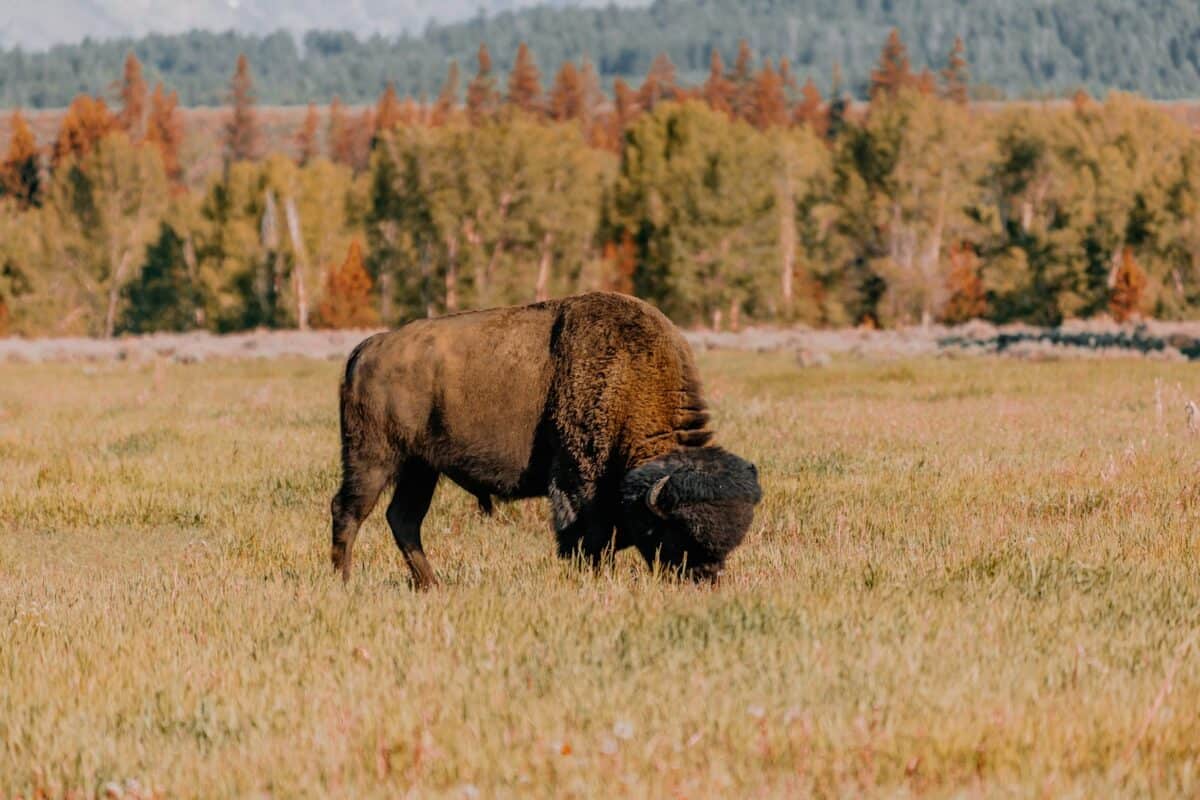
Yellowstone National Park played a pivotal role in bison conservation, harboring one of the last wild bison populations when the species was nearly exterminated elsewhere. By 1902, poaching had reduced Yellowstone’s herd to just 23 individuals, but under protection, this population slowly recovered. Today, Yellowstone is home to the largest public herd of plains bison in North America, with approximately 5,000 animals divided between two primary breeding populations: the Northern and Central herds.
What makes Yellowstone’s bison particularly significant is that they represent the most genetically pure bison remaining, with minimal cattle gene introgression compared to most other herds. These bison are direct descendants of the original wild bison that roamed the continent and have never been domesticated or selectively bred. As such, they carry irreplaceable genetic material and behaviors that make them a living link to the continent’s ecological past. Yellowstone’s commitment to maintaining these bison in a natural setting, where they interact with predators and migrate seasonally, makes the park an invaluable reservoir of bison ecology and behavior.
Legal Protections for Bison
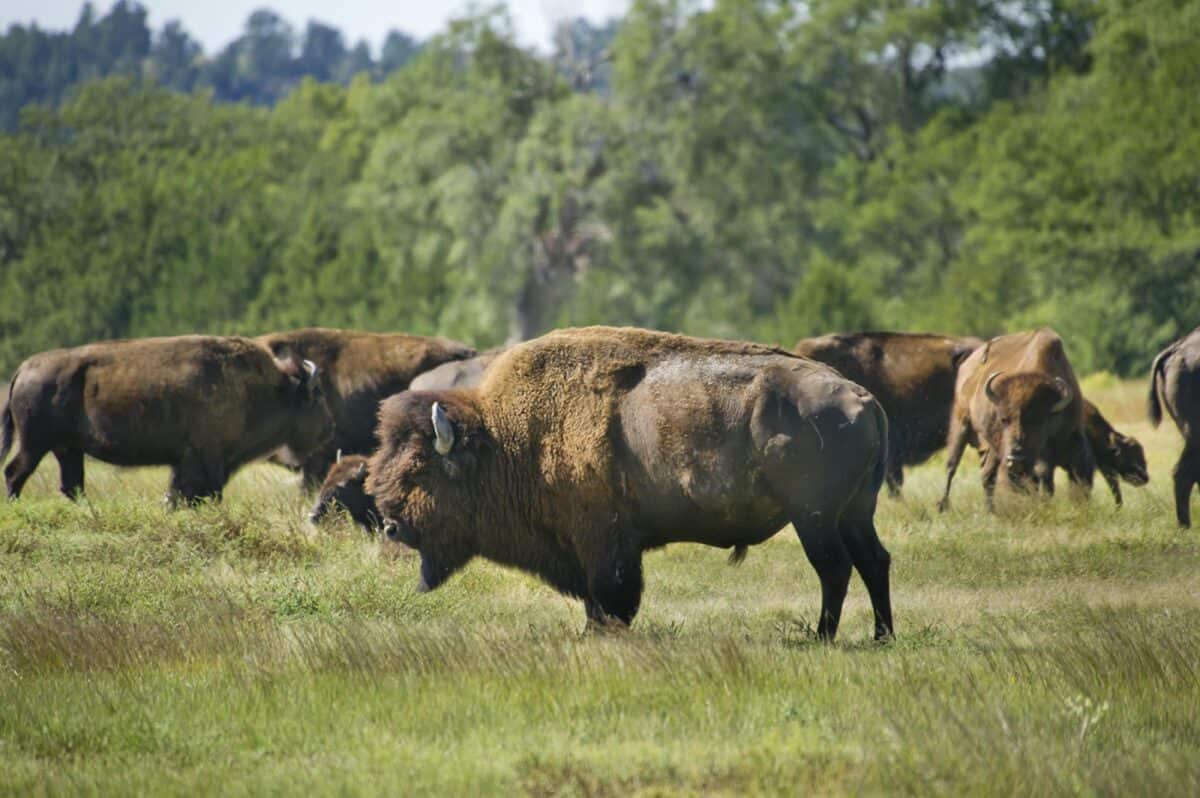
The legal framework protecting bison in national parks has evolved significantly over time. The Lacey Act of 1894 was the first federal law to explicitly protect wildlife in Yellowstone, making it illegal to hunt or kill bison within park boundaries. This was followed by the creation of the National Park Service in 1916, which established conservation of wildlife as a fundamental purpose of national parks. These foundational laws created the basis for bison protection but were limited to park boundaries.
More recently, bison have received varying levels of protection under state and federal regulations. While not listed under the Endangered Species Act, they are protected under the National Park Service Organic Act and individual park-specific legislation. Importantly, the Department of the Interior issued Secretarial Order 3385 in 2020, which expanded bison conservation and restoration on public lands and recognized their ecological and cultural significance. Despite these protections, bison that leave park boundaries often face hunting or hazing operations, highlighting the ongoing challenges in managing these animals as wildlife rather than livestock.
Cultural Significance to Native American Tribes

For numerous Native American tribes, particularly those of the Plains, bison hold immense cultural, spiritual, and historical significance. Before European colonization, many tribes structured their entire way of life around seasonal bison migrations. The animals provided not only food but materials for shelter (tipis), clothing, tools, and ceremonial items. Every part of the bison was utilized, reflecting a sustainable relationship that honored the animal’s sacrifice. The deliberate destruction of bison herds by European settlers was therefore not just an ecological catastrophe but a direct attack on Indigenous cultural survival.
Today, many tribes are at the forefront of bison restoration efforts. The InterTribal Buffalo Council, representing over 80 tribes, works to restore bison to Indigenous lands and revitalize cultural practices associated with them. Tribes like the Blackfeet, Assiniboine, Sioux, and Gros Ventre have established their own bison herds on tribal lands. These efforts go beyond conservation to include cultural revitalization, as tribes reintegrate bison into ceremonies, education, and sustainable food systems. National parks increasingly recognize this cultural dimension, with some developing co-management agreements with tribes to honor the spiritual connection between Indigenous peoples and bison.
Ecological Management Challenges

Managing bison in national parks presents complex ecological challenges. Unlike most wildlife, bison are massive landscape engineers that significantly impact their environment through grazing, wallowing, and migration. Park managers must balance maintaining ecologically appropriate bison populations with the limited space available in modern protected areas. This often involves difficult decisions about population control methods, including controversial practices like culling and hunting of bison that migrate outside park boundaries during harsh winters.
Disease management presents another significant challenge, particularly regarding brucellosis, a bacterial disease that can be transmitted between bison and cattle. Although there has never been a documented case of wild bison transmitting brucellosis to cattle in natural settings, the perceived risk has led to intense conflicts between wildlife managers and the livestock industry. This has resulted in hazing operations to keep bison within park boundaries and slaughter of bison that wander beyond them. Finding solutions that satisfy both conservation objectives and agricultural concerns remains one of the most contentious aspects of bison management in national parks.
Genetic Conservation Concerns
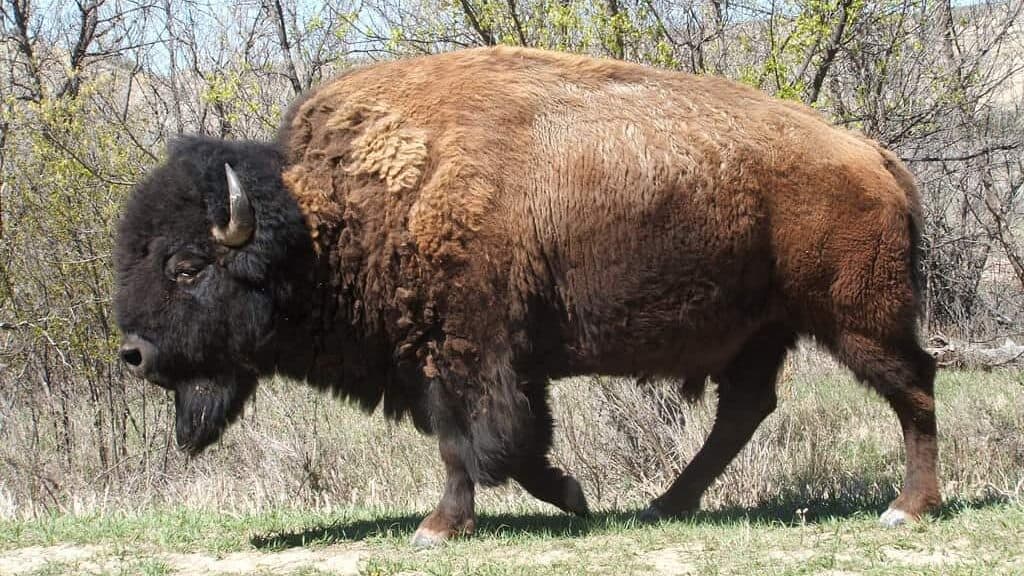
The genetic health of bison populations remains a critical conservation concern. The extreme population bottleneck of the late 19th century—when fewer than 1,000 individuals survived—resulted in a severe loss of genetic diversity. Further complicating matters, most surviving bison were interbred with cattle during early conservation efforts, meaning many modern bison carry small amounts of cattle DNA. Of the approximately 500,000 bison in North America today, fewer than 15,000 are considered genetically pure or nearly pure bison maintained in conservation herds.
National parks play a crucial role in preserving bison genetic integrity. Yellowstone’s bison population represents one of the most genetically pure herds, with minimal cattle gene introgression. Parks like Wind Cave, Theodore Roosevelt, and Badlands also maintain important conservation herds. Genetic management strategies include careful breeding programs, occasional translocations between isolated herds to prevent inbreeding, and ongoing genetic testing. The goal is to maintain as much of the remaining genetic diversity as possible to ensure bison can adapt to changing environmental conditions, including climate change, emerging diseases, and habitat modifications.
Restoration Beyond Park Boundaries
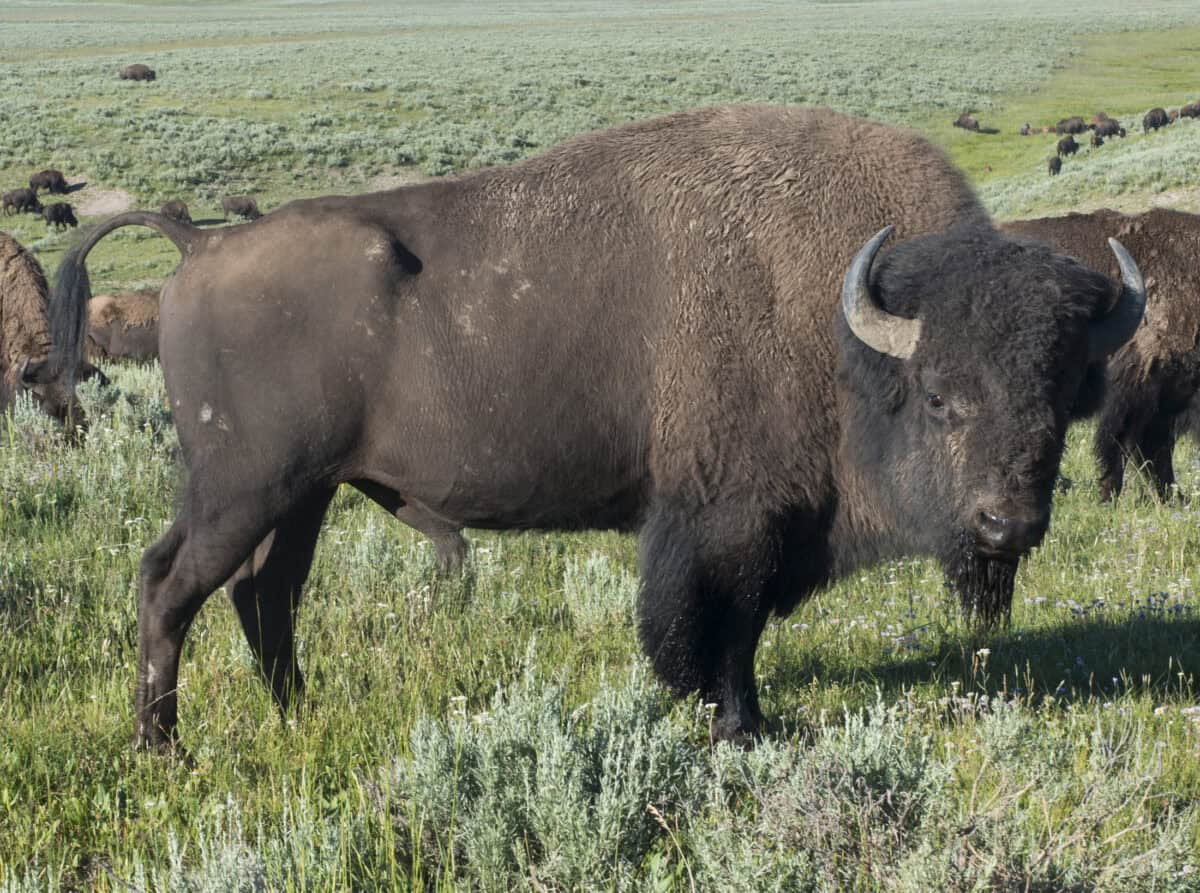
While national parks serve as crucial sanctuaries for bison, true ecological restoration requires expanding bison conservation beyond park boundaries. Several ambitious initiatives aim to create larger landscapes where bison can fulfill their ecological role. The American Prairie Reserve in Montana is working to create a multi-million-acre prairie reserve where bison can roam freely across a connected landscape. Similarly, the Nature Conservancy’s Nachusa Grasslands in Illinois has reintroduced bison to restore ecological processes to tallgrass prairie remnants.
Tribal lands have become increasingly important for bison restoration. The Fort Peck Assiniboine and Sioux Tribes in Montana have established a cultural herd using Yellowstone bison, while the Blackfeet Nation’s Iinnii Initiative seeks to restore free-ranging bison to their traditional territory along the Rocky Mountain Front. These efforts recognize that while parks are essential, bison need larger landscapes to fulfill their full ecological potential. Collaborative approaches involving federal agencies, tribes, conservation organizations, and private landowners offer the best hope for creating connected landscapes where bison can once again function as a keystone species across significant portions of their historic range.
Public Perception and Educational Efforts
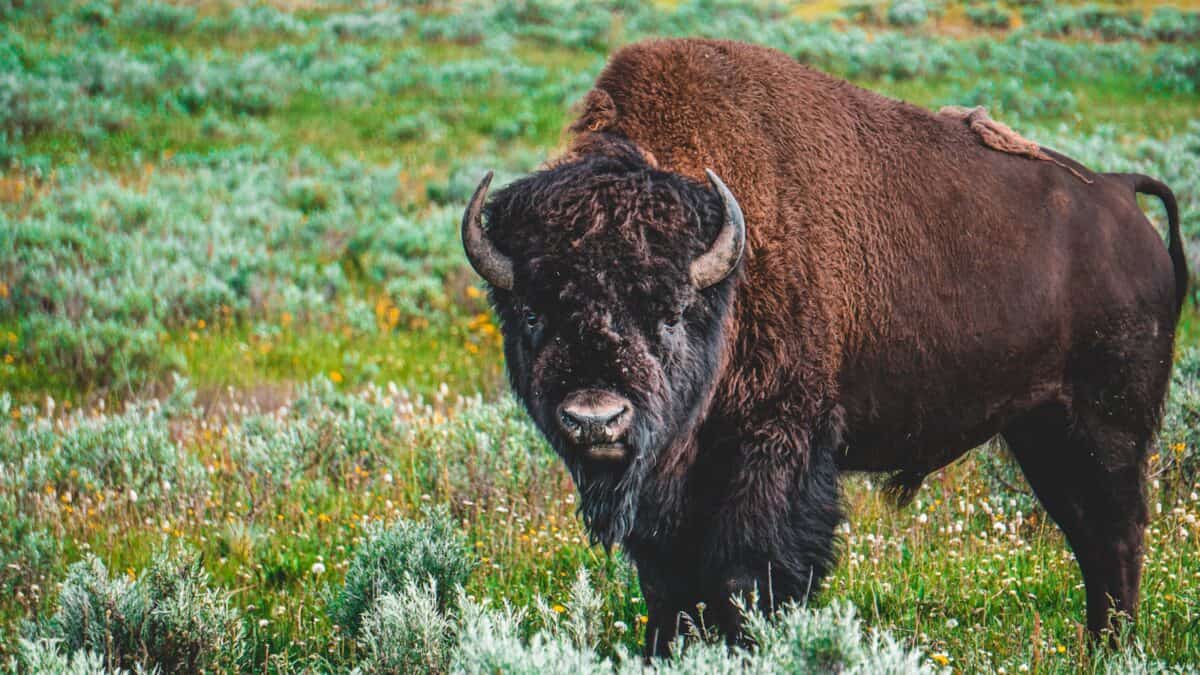
Public perception of bison has evolved dramatically over the past century, from viewing them as obstacles to progress to recognizing them as iconic symbols of American conservation success. National parks have played a crucial role in this transformation through educational programs, interpretive displays, and direct wildlife viewing opportunities. Millions of visitors witness bison in their natural habitat each year at parks like Yellowstone, Grand Teton, and Theodore Roosevelt, creating powerful emotional connections to these animals and their conservation story.
Parks use various educational approaches to communicate the ecological and cultural significance of bison. Ranger programs explain bison biology and behavior, visitor centers showcase their historical importance, and interpretive signage along roadsides teaches visitors about bison safety and conservation. Digital initiatives, including webcams, social media, and virtual field trips, extend this educational reach beyond park boundaries. These efforts aim not only to increase appreciation for bison but also to foster understanding of the complex management challenges they present, helping to build public support for science-based conservation approaches.
Climate Change Implications

Climate change presents significant challenges and some potential opportunities for bison conservation in national parks. Rising temperatures and changing precipitation patterns are already altering the grassland ecosystems where bison thrive. Prolonged droughts may reduce forage availability and quality, potentially limiting carrying capacity in some parks. Conversely, warming may extend growing seasons in northern regions, potentially expanding suitable habitat in places like Theodore Roosevelt National Park and parks in Canada.
Bison may also play a crucial role in climate resilience strategies. Their grazing patterns can help maintain grassland ecosystems that sequester carbon in soil more effectively than many other landscapes. Additionally, bison are highly adaptable generalists that evolved in a variable climate regime, suggesting they may be more resilient to climate shifts than some other large mammals. National parks are increasingly incorporating climate considerations into their bison management plans, including establishing migration corridors that allow bison to respond naturally to changing environmental conditions, maintaining genetically diverse populations that can adapt to new challenges, and restoring bison to areas projected to remain suitable habitat despite climate shifts.
The Future of Bison Protection
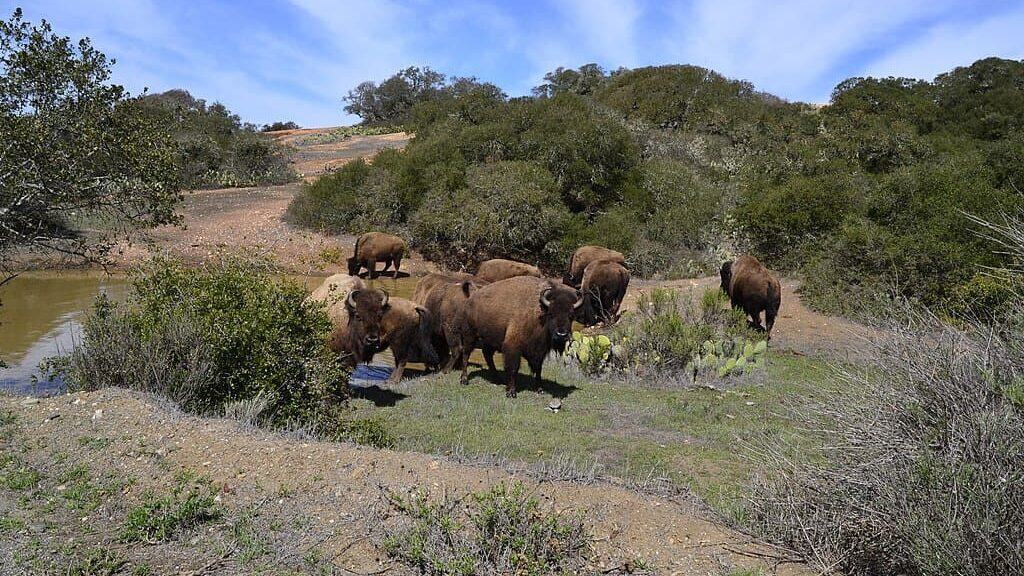
The future of bison protection in national parks depends on addressing several interconnected challenges. Expanding the land base available for bison conservation is paramount, as most parks are too small to accommodate the large-scale migrations and population dynamics that characterized historical bison ecology. This will require innovative partnerships with other federal agencies, state governments, tribal nations, and private landowners to create permeable landscapes that allow bison to move more freely across jurisdictional boundaries while managing human-wildlife conflicts.
Advancing our scientific understanding of bison ecology, genetics, and disease dynamics will also be crucial for evidence-based management decisions. New technologies like GPS tracking, genomic sequencing, and remote sensing offer opportunities to monitor bison populations and their impacts with unprecedented detail. Equally important will be evolving governance structures that incorporate Indigenous knowledge and rights, as many tribes seek greater involvement in bison management on ancestral lands. The American Bison Conservation Initiative, launched by the Department of Interior in 2020, represents an important step toward coordinating these efforts across federal agencies and with external partners.
Conclusion: Why Protection Remains Essential

The protection of bison in U.S. national parks represents one of America’s most significant conservation successes, yet the work remains incomplete. From the brink of extinction with fewer than 1,000 individuals in the late 19th century, bison have recovered to approximately 500,000 today—yet only a small fraction exist in conservation herds where they function as wildlife rather than livestock. National parks continue to serve as irreplaceable reservoirs of bison genetics, behavior, and ecology, maintaining these animals in settings where they can interact with natural predators and environmental processes.
Beyond their ecological importance, bison protection in national parks acknowledges their profound cultural significance, particularly to Native American tribes who maintained sustainable relationships with these animals for millennia before European colonization. The ongoing commitment to bison conservation reflects an evolving American relationship with wildlife that values species not just for their utility but for their intrinsic worth and ecological function. As climate change and habitat fragmentation present new challenges, the protection of bison in national parks remains essential not only for the species’ survival but as a benchmark for our capacity to coexist with and restore the natural systems upon which all life depends.
- Why Bison Are Protected in U.S. National Parks - August 14, 2025
- How Sea Snakes Breathe While Living in the Ocean - August 14, 2025
- Some Animals Can Live for Centuries, But This One Might Be Immortal - August 14, 2025

